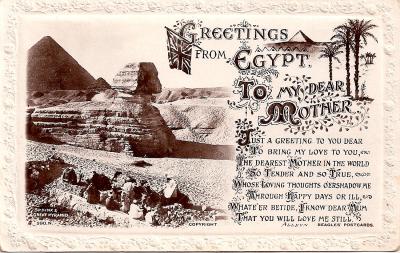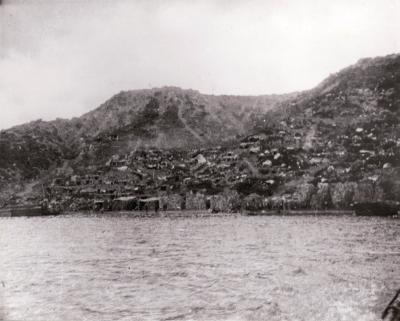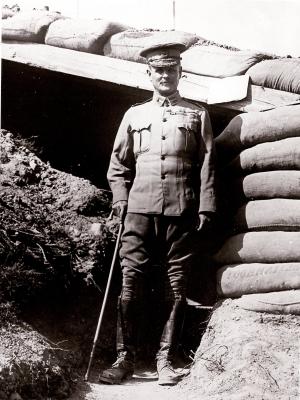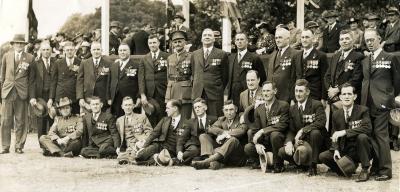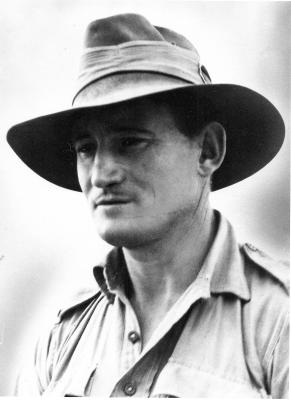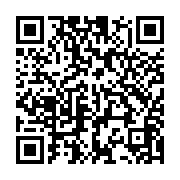World War 1, Middle East, 10 Australian Light Horse, KERSHAW, 1918
1918Trooper Kershaw with another soldier in hospital dress, "Convalescent Blues"
Both men are wearing the distinctive blue uniform that military authorities required recovering soldiers of the Great War to wear in hospital and in public, which popularly became known as ‘Convalescent Blues‘.
Made of a flannel and flannelette combination, the convalescent soldier’s outfit and its lounge-jacket counterpart resembled ill-fitting pyjamas. The uniform was designed so that a handful of sizes would fit all recovering soldiers of ‘other ranks’. Such standardisation of the convalescent blue outfit made it fit poorly, requiring soldiers to ‘flap’ or ‘cuff’ their trouser legs and shirt sleeves. The entire ensemble included a red four-in-hand necktie and was the only item of hospital clothing issued exclusively by the government during the war.
While military authorities required that the garment be worn at all times by soldiers of non-officer ‘other ranks’ who were receiving treatment in military hospitals and convalescent facilities, authorities exempted officers from wearing the ‘Blues’, providing them instead with a white armband decorated with a red King’s Crown, with a personal clothing allowance, or with fancy silk pyjamas donated by the public and voluntary-aid agencies.
The ‘Convalescent Blue’ outfit served a number of specific functions. Above all it was a means of establishing and maintaining cleanliness in military hospitals, where soldiers usually arrived in dirty, worn-out and infested uniforms and ‘great coats’ that required sterilization and thorough disinfection.
The outfit also served to help improve administrative efficiency within the hospital environment. At convalescent facilities, the administration of soldier-patients involved strict division into four sections, each distinguished by combinations of the hospital-blue uniform and different-coloured armlets. The ‘worst cases’ wore hospital-blue with white armlets. Cases well enough for one to six months of retraining wore blue with pink armlets. Section three, including ranks who required less than one month of retraining, wore blue with light blue armlets. Finally, section four included men in blue with dark blue armlets who were ‘practically well’.
This medical organization by sartorial marking expedited the process of convalescent medical examinations, helping divisional medical officers to monitor and sort their sections during weekly inspections when men were either ‘moved up’ or ‘put back from Section to Section as their condition indicates’.
Details
Details
Open in Google Maps
Nearest geotagged records:
- World War 1, Middle East, 10 Australian Light Horse, KERSHAW, 1918 (0.02km away)
- AWAS on Rottnest - W45315 KILPATRICK (0.04km away)
- World War 2, Western Australia, Rottnest Island AIF Enlistment, W22427 to WX25050 BURNETT, 1942 (0.07km away)
- World War 1, Australia, Western Australia, 3206 CABLE, 10 Light Horse (0.07km away)
- AWAS on Rottnest - WF90726 MURRAY (0.1km away)
- World War 1, Australia, Western Australia, 2806 DOIG, 10 Light Horse (0.1km away)
- World War 1, Australia, Western Australia, 2956 TAYLOR, 10 Light Horse (0.11km away)
- World War 1, Australia, Western Australia, 2830 PIESSE, 10 Light Horse (0.11km away)
- World War 1, Australia, Western Australia, 2938 KERSHAW, 10 Light Horse (0.12km away)
- World War 1, Australia, Western Australia, 1054 THOMPSON, 10 Light Horse (0.12km away)
Nearby places: View all geotagged records »
Australian Army Museum of Western Australia
Australian Army Museum of Western Australia
Other items from Australian Army Museum of Western Australia
- World War 1, Middle East Egypt Giza, 10 Australian Light Horse, 1918
- World War 2, Middle East, 2/11 Battalion, 1942
- World War 2, Middle East, 2/11 Battalion, 1942
- World War 1, Australia Western Australia, O'MEARA, 1916
- World War 1, Europe, Türkiye, Gallipoli, 1915
- World War 1, Europe, Türkiye, Gallipoli, Anzac Cove, 1915
- World War 1, Europe , Türkiye, Gallipoli, BIRDWOOD, 1915
- World War 1 , Europe Türkiye Gallipoli, Anzac Cove, 1915
- World War 1, Europe, Türkiye, Gallipoli, Anzac Cove, 1915
- Interwar, Australia Western Australia Perth, 1935
- World War 2, Australia Western Australia, SADLIER, 1945
- World War 2, Western Australia, GORDON VC, 1943
